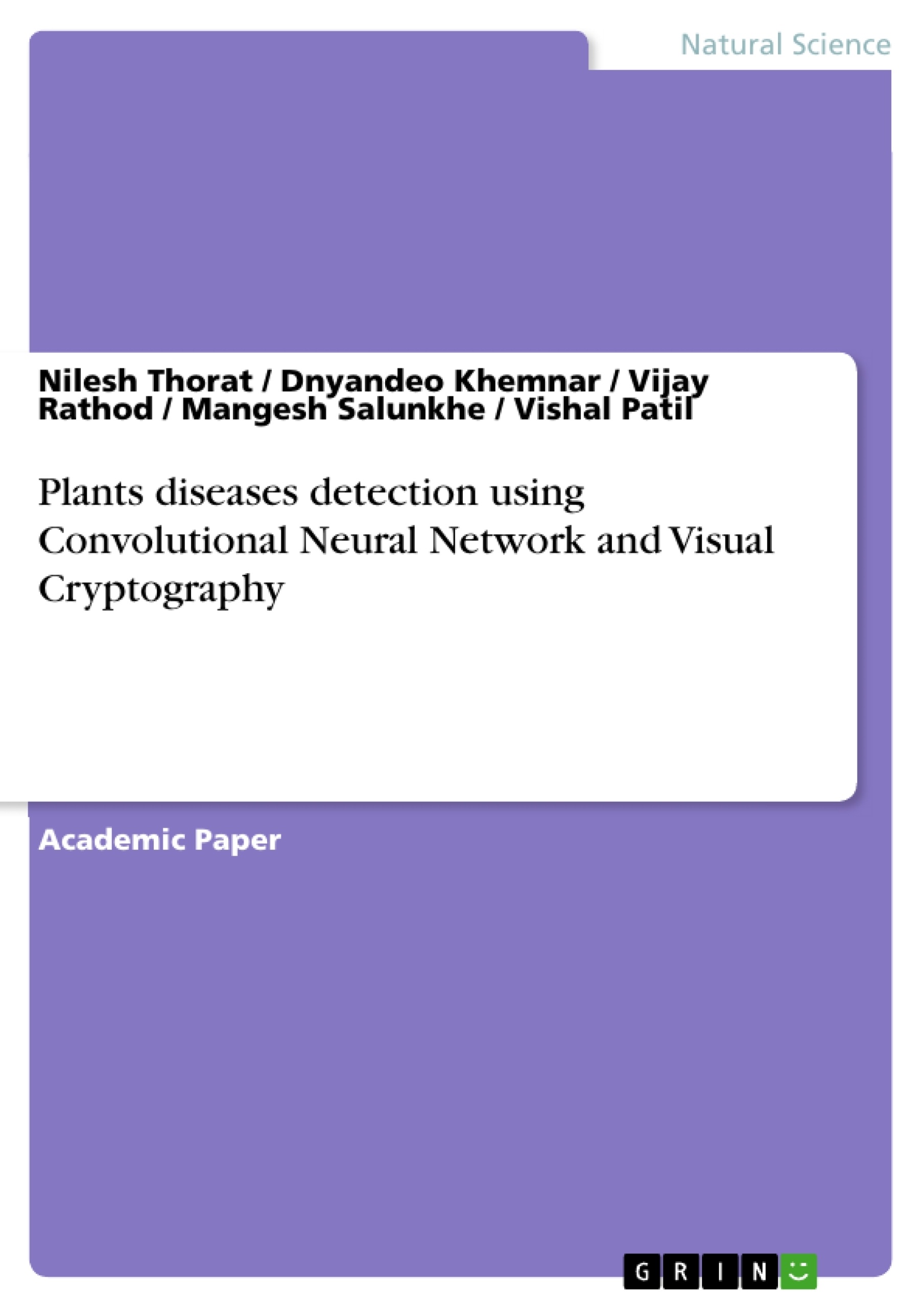Cotton plant diseases location is a tremendous issue and frequently needs proficient support to identify the infection.
This exploration center's on making a profound learning model that distinguishes the sort of sickness that impacted the plant from the pictures of the leaves of the plants. The profound learning is finished with the assistance of Convolutional Brain Organization by performing move learning.
This technique accomplished condition of workmanship results for the dataset utilized. The primary objective is to bring down the expert assistance to identify the cotton plant illnesses and make this model open to however many individuals as could reasonably be expected. Fast upgrades in profound learning (DL) procedures have made it conceivable to identify and perceive objects from pictures. DL approaches have as of late entered different horticultural and cultivating applications, subsequent to being effectively utilized in different fields.
Inhaltsverzeichnis (Table of Contents)
- I - INTRODUCTION
- II - TYPES OF COTTON DISEASES
- Grey mildew disease
- Cotton Leaf Blight
- Cercospora leaf spot
- Cotton Bacterial Blight
- Cotton Leaf Curl Disease
- III - METHODOLOGY
- IV - Materials & Methods
Zielsetzung und Themenschwerpunkte (Objectives and Key Themes)
This exploration aims to develop a deep learning model capable of accurately identifying cotton plant diseases from images of leaves. The model is built using Convolutional Neural Networks (CNN) with transfer learning, aiming to minimize the need for expert assistance in disease identification and make this technology accessible to a wider audience.
- Cotton plant disease identification using image recognition
- Application of deep learning and Convolutional Neural Networks (CNN)
- Transfer learning and optimization of CNN architectures for accuracy and efficiency
- Potential for reducing reliance on expert knowledge in disease detection
- Impact on agricultural practices and farmer support systems
Zusammenfassung der Kapitel (Chapter Summaries)
- I - INTRODUCTION: The introduction highlights the significance of accurate cotton plant disease detection for agricultural productivity and outlines the challenges posed by traditional methods. It emphasizes the potential of deep learning techniques, specifically CNNs, in addressing this issue.
- II - TYPES OF COTTON DISEASES: This chapter provides a detailed description of common cotton plant diseases, including Grey mildew disease, Cotton Leaf Blight, Cercospora leaf spot, Cotton Bacterial Blight, and Cotton Leaf Curl Disease. Each disease is described with its characteristics, symptoms, and potential impact on yield.
- III - METHODOLOGY: This chapter delves into the methodology employed in developing the deep learning model for disease detection. It focuses on Convolutional Neural Networks (CNNs) and their effectiveness in understanding visual patterns from images. The chapter discusses different CNN architectures, including Squeeze Net, and their potential for accurate and efficient disease classification.
- IV - Materials & Methods: This chapter outlines the materials and methods used in training and testing the model. It discusses the use of various datasets, pre-trained models like VGG16 and ResNet50, and the application of the Meta learning algorithm to enhance model performance. The chapter provides a comprehensive overview of the model's training process and the different techniques employed for optimization.
Schlüsselwörter (Keywords)
The primary keywords and focus topics of the text include cotton plant, diseases, image processing, deep CNN, deep learning, image recognition, transfer learning, agricultural productivity, and farmer support systems. These keywords encapsulate the core concepts explored in the text, from the development of a deep learning model for disease detection to the potential applications and implications for agricultural practices and farmer assistance.
- Quote paper
- Nilesh Thorat (Author), Dnyandeo Khemnar (Author), Vijay Rathod (Author), Mangesh Salunkhe (Author), Vishal Patil (Author), 2023, Plants diseases detection using Convolutional Neural Network and Visual Cryptography, Munich, GRIN Verlag, https://www.grin.com/document/1341545



